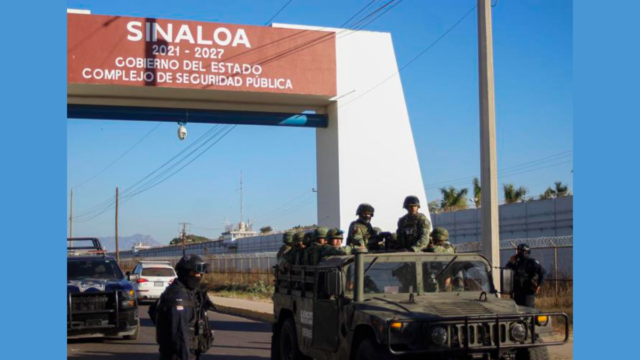By Sam Quinones
From – https://www.phillytrib.com/
Reprinted – by Texas Metro News

Before Mexico’s cartel wars, I lived in the country for 10 years. I didn’t write much about drugs, focusing instead on immigration. But if asked, I’d have probably agreed with the Mexican line: Demand for drugs from the United States was creating supply.
Now — after years of interviewing people with addiction, their family members, cops, traffickers and dealers, drug counselors, paramedics, ER doctors and nurses, as well as writing two books on opioids, including fentanyl — I believe the opposite: Street fentanyl, indeed all opioids, are about supply creating demand.
Opioids transform our brain chemistry, creating dependency and squelching our basic instincts for survival. But it is relentless supply that perpetuates this demand by making opioids readily available — and getting sober an agony. The most recent provisional data from the Centers for Disease Control and Prevention, for a 12-month period that ended in August, estimated that there were 112,000 fatal overdoses nationwide, an increase of almost 3% over the 12-month period ending in August 2022.
Supply creating demand is the story of our national opioid epidemic, with an inundation of pain pills creating a population of addicted consumers that didn’t before exist. Take West Virginia: In the 1990s, before it was flooded with opioid pills, it ranked near the bottom of the 50 states when it came to overdose rate. Now, it ranks first.
Or, take the word of members of the Sackler family (who have denied wrongdoing) and Purdue Pharma (which in a settlement pleaded guilty to three felonies), whose internal emails and memos make clear they knew: Supply patients with the pill OxyContin, which includes the opioid oxycodone, and they are likely to use at ever-higher doses for years. In other words, supply creates demand was virtually the Purdue business model.
Fentanyl offers new twists on that story. The drug is a magnificent surgical anesthesia — I’ve had it in an operation — because it takes patients in and out of anesthesia quickly. On the street, however, fentanyl’s short-lasting nature means addicts must use it repeatedly throughout the day to keep withdrawal at bay.
Plentiful fentanyl, meanwhile, drives users’ tolerances to towering levels, with brutal withdrawals. This makes kicking fentanyl scary — and is why many street addicts refuse treatment and housing even at the risk of death. A drug counselor told me that, depending on the moment, their “clients are terrified of two things: dying of fentanyl and being away from fentanyl.”
Our street fentanyl is manufactured in Mexico. Traffickers control Mexican ports to such an extent that they can import chemical ingredients from China and elsewhere year-round. Those traffickers have assault weapons, many bought in the United States and smuggled south, which ensure this impunity.
The unrelenting supply the cartels create means fentanyl is now everywhere. It is mixed into counterfeit pills smuggled into the United States by the tens of millions. It is laced into many other drugs, such as meth, marijuana and cocaine. That’s why Black people are now dying at a higher rate of opioid overdose than white people — and usually not for any initial demand for it. Many Black drug users die from what they believe is cocaine but is actually cocaine laced with fentanyl.
These vast supplies are also why there’s no such thing as long-term fentanyl users. If they remain on the street, they die.
Dealers, meanwhile, know that if customers don’t immediately die, they’ll be fervent, daily buyers — for a while. Thus dealers seem unchastened when customers overdose: Dead addicts will be replaced soon enough.
Expanding drug-treatment capacity should be a national priority, though it’s likely many people addicted to fentanyl will still refuse treatment or quickly run back to the drugs, as is common today. Naloxone revives people from overdose and is an essential tool. But it’s foolhardy to assume we can repeatedly revive fentanyl addicts, leaving them on the street until they decide to seek treatment and stay; fentanyl or the street will kill them before that happens.
With users so outmatched by these drug supplies, we need to get them off the street and to a place where they can’t leave when the dope tells them they must. One welcome change is that jail is being rethought as a place of recovery — where, after an arrest, people with addiction can get blessed refuge while their brains heal.
It is also essential for the United States to find ways of engaging Mexico to, among other things, track and disrupt the importation of fentanyl’s chemical components. In turn, the United States must step up to curtail the southward supply of assault weapons, sold so easily here, that ensure traffickers can produce the drugs killing so many Americans.
Perhaps first, though, we need to get used to the new ideas about illicit drugs that pervasive fentanyl clarifies — including that supply is creating demand.
Sam Quinones is the author of four books, including “The Least of Us: True Tales of America and Hope in the Time of Fentanyl and Meth.” Special to The Washington Post

You must be logged in to post a comment Login